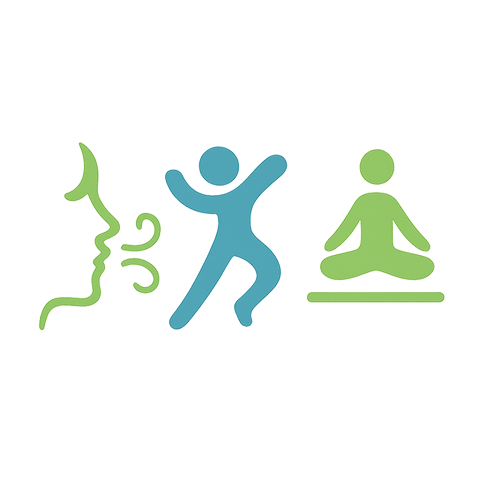Sculpting Endurance: A Fitness Journey Through Training, Health, and Activity
Endurance training is more than just a grueling workout routine; it is a transformative journey that connects mind, body, and spirit. For many, this journey starts with a desire to improve fitness, build resilience, and enhance overall health. The quest for endurance is often paved with long runs, intense cycling sessions, or challenging swimming laps that test not just physical strength, but also mental fortitude.
Engaging in endurance training offers the opportunity to push personal limits. Each session becomes an exploration of capability, where the body learns to adapt and thrive under stress. As you lace up your shoes and step out into the world, the fresh air invigorates you. The rhythmic sound of your heartbeat becomes a steady drum guiding you through hills and valleys, while your breath syncs with the relentless pace of your feet hitting the ground. This physical activity transforms into a meditation of movement, allowing your mind to wander free while the body works tirelessly.
One essential aspect of this journey is understanding the profound connection between endurance training and health. Regular activity strengthens cardiovascular health, improves lung capacity, and enhances muscular endurance. Not only does this translate to improved performance in sports or exercises, but it also lays the foundation for a healthier lifestyle. A strong, fit body is more resistant to ailments, and it becomes easier to engage in daily activities without fatigue overshadowing productivity.
However, it is vital to recognize that endurance training is not only about the physical gains. The mental impact is equally significant. Each training session challenges us to confront our limits and redefine them as we progress. This psychological aspect fosters resilience, teaching us that the only limits that exist are those we impose on ourselves. Overcoming a demanding workout often spills into other areas of life, equipping us with a can-do attitude that encourages us to tackle challenges head-on.
Moreover, health is a holistic concept that extends beyond physical capabilities. It includes nurturing mental and emotional well-being. Incorporating mindfulness practices into your endurance routine—such as focusing on breathing or engaging positively with the environment—can enhance your overall experience. Being active outdoors, for example, can elevate your mood and provide a sense of connection to nature, further enriching your journey.
Incorporating variety into your training can prevent burnout and help maintain motivation. Exploring different activities, such as cycling, hiking, or rowing, ignites excitement and keeps your fitness regimen fresh. Try setting ambitious yet achievable goals; they serve as milestones on your path to endurance. Whether it’s completing a half-marathon, participating in a triathlon, or simply conquering your favorite hiking trail, each accomplishment reinforces the belief in your capacity to endure.
As you embark on your fitness journey, remember that progress is not linear. Days of struggle are as essential to growth as days of triumph. Embrace both, as they shape you into a more resilient version of yourself. The beauty of endurance training lies not only in the physical benefits—though they are substantial—but in the rich tapestry of experiences that forge stronger connections between your body, your mind, and your health. Let each workout be a testament to your dedication, and let your endurance journey inspire others to embark on their own path of activity and well-being.




